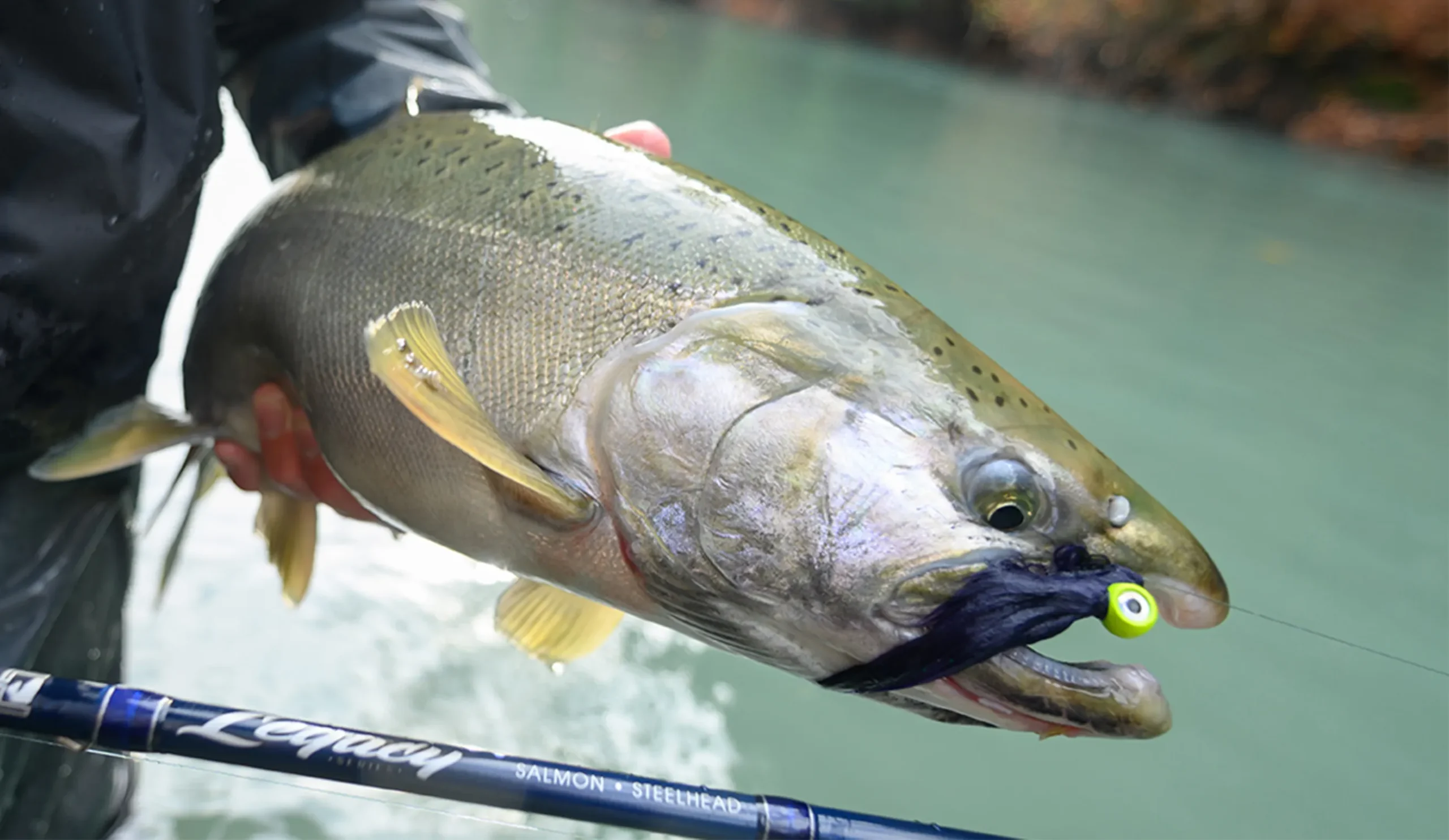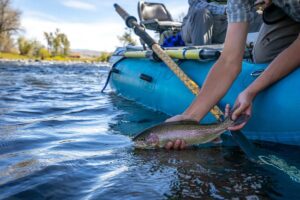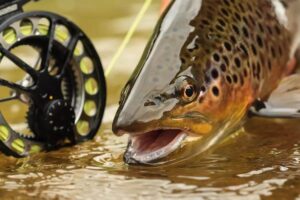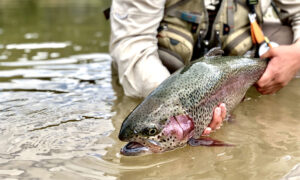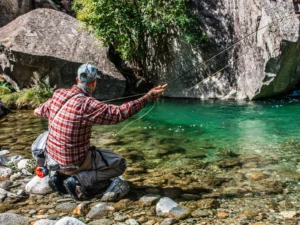Jigging is one of the most effective and versatile techniques for catching trout in both still and moving waters. Whether you’re fishing a deep lake or a fast-flowing river, jigging allows you to present your lure in a way that mimics natural prey and triggers aggressive strikes. Here’s a breakdown of tips and tricks to help you master the art of jigging for trout.
Why Jigging Works for Trout
Trout are opportunistic feeders, often reacting to erratic movements that suggest a struggling baitfish or insect. Jigs can be worked vertically or cast and retrieved in various ways, making them effective across different depths and water conditions.
Best Jigs for Trout
1. Marabou Jigs
Soft, flowing marabou feathers create a lifelike movement that works well in both cold and warm water. Ideal for slow retrieves or vertical jigging.
2. Soft Plastic Jigs
Small grubs, minnows, or worms on a jig head can imitate a wide range of prey. Use natural colors in clear water and brighter ones in murky conditions.
3. Tube Jigs
Tube jigs work well in deeper water or under ice. Their compact profile and erratic fall make them perfect for triggering bites.
Jigging Techniques
Vertical Jigging
Perfect for deep lakes or from a boat. Drop the jig straight down and lift it gently in a rhythmic motion to mimic a baitfish.
Cast and Retrieve
Cast out and let the jig sink to your desired depth. Retrieve with short hops or twitches to create erratic action. Vary your speed and rhythm to see what triggers strikes.
Under a Float
Attach a jig below a float to keep it suspended in the strike zone. This works great in rivers or lakes where trout cruise at a specific depth.
Gear Recommendations
- Rod: Use an ultralight or light spinning rod with a fast action tip for sensitivity.
- Reel: A small spinning reel spooled with 4–6 lb test monofilament or fluorocarbon line is ideal.
- Line: Fluorocarbon is nearly invisible underwater and offers better sensitivity, which is key for detecting light bites.
Tips for Success
- Match the hatch: Pay attention to local forage and choose jig styles and colors that resemble what trout are naturally feeding on.
- Use scent: Add a scent or tip your jig with a small piece of worm or baitfish to increase its appeal.
- Be stealthy: Trout are easily spooked. Approach quietly and make long casts when fishing in clear water.
- Adjust your depth: If you’re not getting bites, experiment with different depths. Trout often suspend in the water column based on temperature and food availability.
When to Jig for Trout
Jigging is especially productive in cooler months when trout are deeper and less active. Early morning and late evening hours also tend to produce the best action, particularly in the warmer seasons.
Final Thoughts
Jigging is a fun and highly effective way to target trout year-round. With the right gear, technique, and a little patience, you can consistently hook into fish using this dynamic method. Keep experimenting, stay observant, and enjoy the challenge of mastering jigging for trout.

